Temmuz 2018’de Samos adasındaki tatilim sırasında bir sabah adını çok duyduğum ve merak ettiğim tarihi su tünellerine gitmeye karar verdim. Kahvaltıdan önce yürüyerek yola koyuldum. Mesafe sadece 2 km ve tabelalar size yolu gösteriyor. Pythagorio şehrine yakın bir konumda bulunan Eupalinus Tüneli hakkında biraz bilgi vermem gerekirse tünel MÖ 6.yüzyılın ortalarında yapılmış ve yapım tekniğinden ötürü antik çağın en büyük mühendislik başarılarından biri. Heredot tarafından iki uçlu tünel olarak tanıtıldı. Çünkü tünelin iki girişi vardı. 1853’te Fransız arkeolog Victor Guerin kaynaktan başlayarak boru hattının başlangıç noktasını bulmayı ilk kez başarmış. Daha sonra rahip Theofanes Arelis mağaranın girişini açığa çıkarmayı başarmış. 1971-1973 arasında Alman arkeologlar tarafından tünel tekrar kazılmış.
Su tüneli Ayades kaynağından başlıyor. Bu kaynakta su taştan yapılmış, bir kısmı ana kayanın içine oyulmuş dikdörtgen bir rezervuarda toplanıyor. Kaynak taş levhalar ile kaplanmış. Ai-Yiannis kilisesi rezervuarın tepesine sonradan inşa edilmiş. Su, yerin altında bulunan 890 metre uzunluğundaki kil borular aracılığı ile rezervuardan tünelin kuzey çıkışına günde 400 m3 olacak şekilde taşınıyor. Su, yeraltında buluna bir kanal yoluyla tünelin güney çıkışından antik şehrin rezervuar ve çeşmelerine taşınıyormuş. Tünelin ana bölümü 1036 metre uzunluğunda 1.80 metre eninde ve yüksekliğinde. Deniz seviyesinden 55 metre yukarıda dağın zirvesinden ise 180 metre aşağıda bulunan bu tünel, bir çukur ve 60 cm genişliğinde bir koridor da içermekte. Çukurun derinliği kuzeyde 4 metre ile güneyde 8.90 metre arasında değişiyor. Bu derinlik farkının sebebi suyun doğal akışını sağlamakmış. Ana tünellerin altında kazılmış bu çukurun dibindeki kilden yapılmış borular, bugün bile görülebiliyor.
Sert kireçtaşı iki uçtan aynı anda yontulmaya başlanmıştı. Bu işlem ışık olmadığı için sadece çekiç ve keski kullanarak yapılmıştı. Neredeyse tamamen düzgün bir çizgi takip edilerek yapılan bu eş zamanlı kazı işleminin 8-10 yıl kadar sürdüğü tahmin ediliyor. Havalandırma zorluğunun da olduğu tüneldeki ışık sorunu yağ kandilleri kullanılarak giderilmişti. Yapıldığı çağda hiçbir mekanik aletin olmadığını düşünürseniz bu projenin büyüklüğünü ve özgünlüğünü anlayabilirsiniz. Projenin mühendisi sadece hesaplama ve basit ölçüm araçları kullanarak bunu başarmış.
Sudaki yoğun kalsiyum miktarı nedeniyle kısa süre sonra kireçli kalıntılar yüzünden borular tıkanmış. Boruları tekrar açabilmek için boruların üstüne küçük delikler açılmış. İnşaatın MÖ 550 de başladığı ve Polykrates hükümdarlığı dönemi öncesinde bitirildiği tahmin ediliyor. Tünel, MS 627 ve 666’da Samoslular tarafından sahil bölgesine yapılan Pers ve Arap akınlarına karşı sığınak olarak kullanılmış.
Tüneli ziyaret etmek içi üç rota oluşturmuşlar. Benim yaptığım ve en kısa olanı ilk rotaydı. Tünelin içinde yaklaşık 200 metre ilerleyip geri dönülüyor. Toplam süresi 20 dakika. Tüm turlara başlamadan önce size baret giydiriliyor ve bir rehber eşliğinde geziyorsunuz. Tünelin ilk girişi oldukça dar ve bu darlık bir koridor boyunca kısa süre devam ediyor. Vaktiniz kısıtlıysa bu rotayı tercih edebilirsiniz. Rehber size eşlik ederken tünel hakkında bilgi de veriyor. Siz de soru sorabiliyorsunuz. İkinci rotada ise yaklaşık 400 metre ilerleniyor ve 40 dakika kadar sürüyor. Bu rotayı yaparsanız tüneli kazmaya başlayan iki grubun buluştuğu noktayı da görürsünüz. Üçüncü rota ise tüm tüneli kapsıyor ve kuzey çıkışından çıkarak tüneli bitiriyorsunuz. Bu, sürekli yukarı tırmanmayı gerektiren yorucu bir rota. Bu rotanın süresi bir saat ve çıktığınız yerden Pythagorio şehrine dönüş için toplu taşıma yok. Bir araç ayarlamadıysanız yaya dönmek zorundasınız. Eğer Samos’a geldiyseniz dünyanın sekizinci harikası olarak nitelendirilen bu yapıyı görmek heyecan verici olabilir. #KanGurular
I decided to go historical water tunnels that I curious and heard often about it during my vacation at Samos Island in July 2018. I started out before breakfast by walking. The distance is only 2 kilometres and the signs show the way you. I want to give some information about Eupalinus Tunnel located near to Pythagorio city. It has been built in the midst of 6th century BC. It is one of the greatest engineering success of antique era due to the construction technique. It was determined as double-edged tunnel by Herodotus. Because the tunnel has two entrances. French archaeologist Victor Guerin has succeeded the first time to find the starting point of the pipeline by starting from source in 1857. Later, father Theofanes Arelis has succeeded to reveal the entrance of the cave. German archaeologists have dug the tunnel again in 1971.
The water tunnel is starting from Ayades rock. The water is gathering in a rectangular reservoir made of stone that has carved some part of it into bedrock. The source has covered with slabs. The church of Ai-Yiannis has constructed later on top of the source. Clay pipes which length is 890 meter located in underground are carrying the water to the northern exit of the tunnel from reservoir as 400 m³ per day. It has also carried to the reservoirs and fountains of the antique city via an underground channel from southern exit of the tunnel. The length of the main part of the tunnel is 1036 meter. Its height and width is 1.80 meter. It is 55 meter up from sea level and 180 meter below the top of the mountain. This tunnel is also containing a hole and a corridor 60 cm width. The depth of the hole is 4 meter at northern side and 8.90 metre on the southern side. The reason of this difference is to provide the natural water flow. The clay pipes have still seen even today at the bottom of hole dug under the main tunnels.
Hard limestone has started to hew from two edges simultaneously. This work has made by using only chisel and hammer due to there was no light. It is estimating that this digging work following almost a straight line continued along 8-10 years. The light problem in the tunnel where has also ventilating problem has been solved used by oil lamps. If you think that there is no mechanical instruments in the era it has constructed, you can understand easily the greatness and uniqueness of this project. The engineer of the project succeeded this only by using calculation and simple measurement instruments.
Because of the dense calcite rate in the water, pipes have clogged after a short time due to the calciferous residuals. To open the pipes they made small holes on them. It is estimating that the construction started at 550 BC and finished before reign of Polykrates. The tunnel has used as shelter by Samians attacks of Persian and Arab at 627 and 666 AD.
They have organized three routes to visit the tunnel. The route that I was made is the shortest one. You visit the tunnel move along about 200 meters. Its total time is 20 minutes. Before started all the tours a helmet is being dressed you and you visit it with a guide. The first entrance of the tunnel is very narrow and this situation continue for a short time along corridor. If you have limited time, you might prefer this route. The guide is both give information about it and accompany you. You can also ask questions. The second route you move along about 400 meters and it takes 40 minutes. If you make this route, you can also see the meeting of the two groups made the tunnel. The third route is containing the all tunnel and you finish it by exiting from northern edge. It is an exhausted route need to climbing up constantly. It takes one hour and there is no public transportation for the return to Pythagorio. If you did not arrange a vehicle, you have to return by foot. If you visited Samos, it might be exciting to see this structure called as 8th wonder of the world. #KanGurular










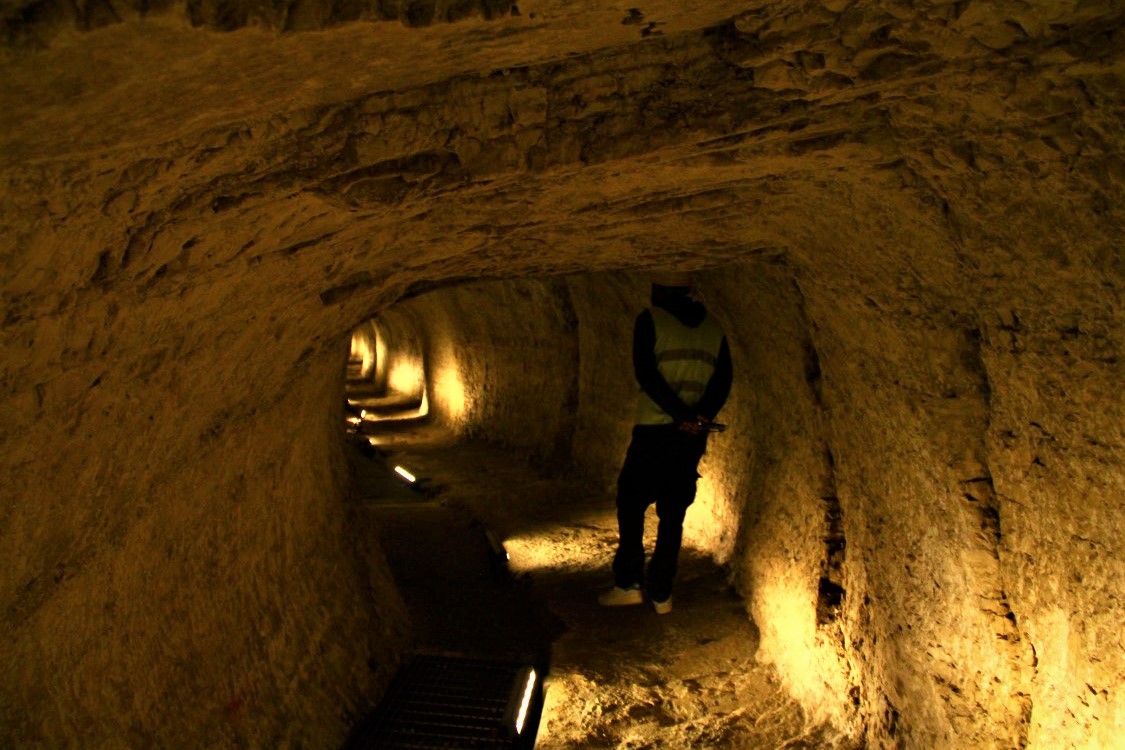




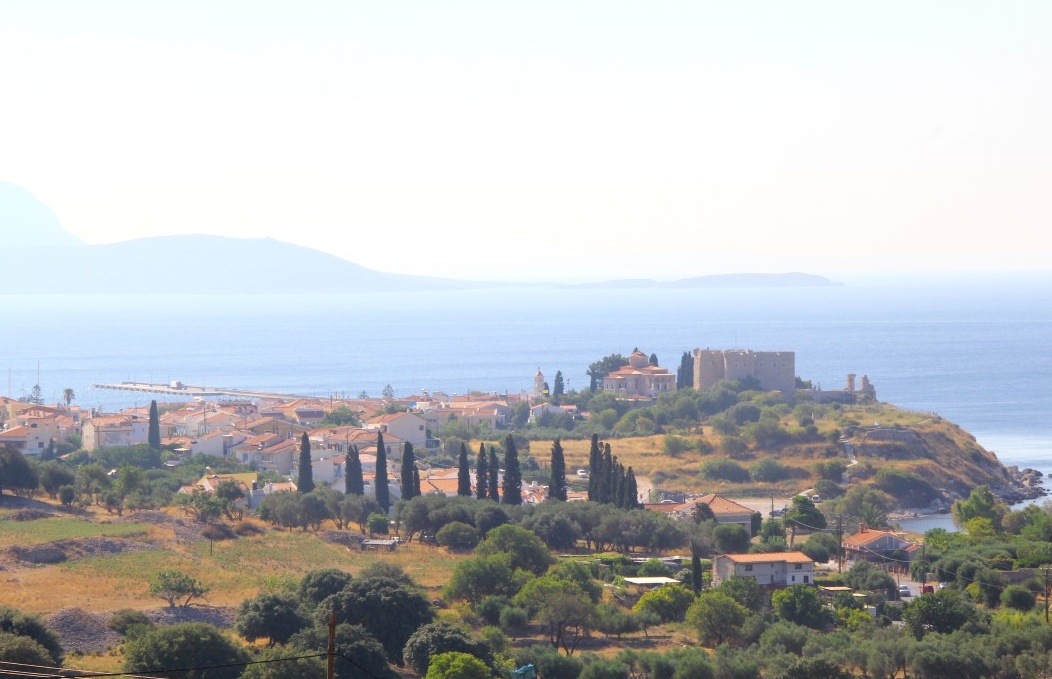

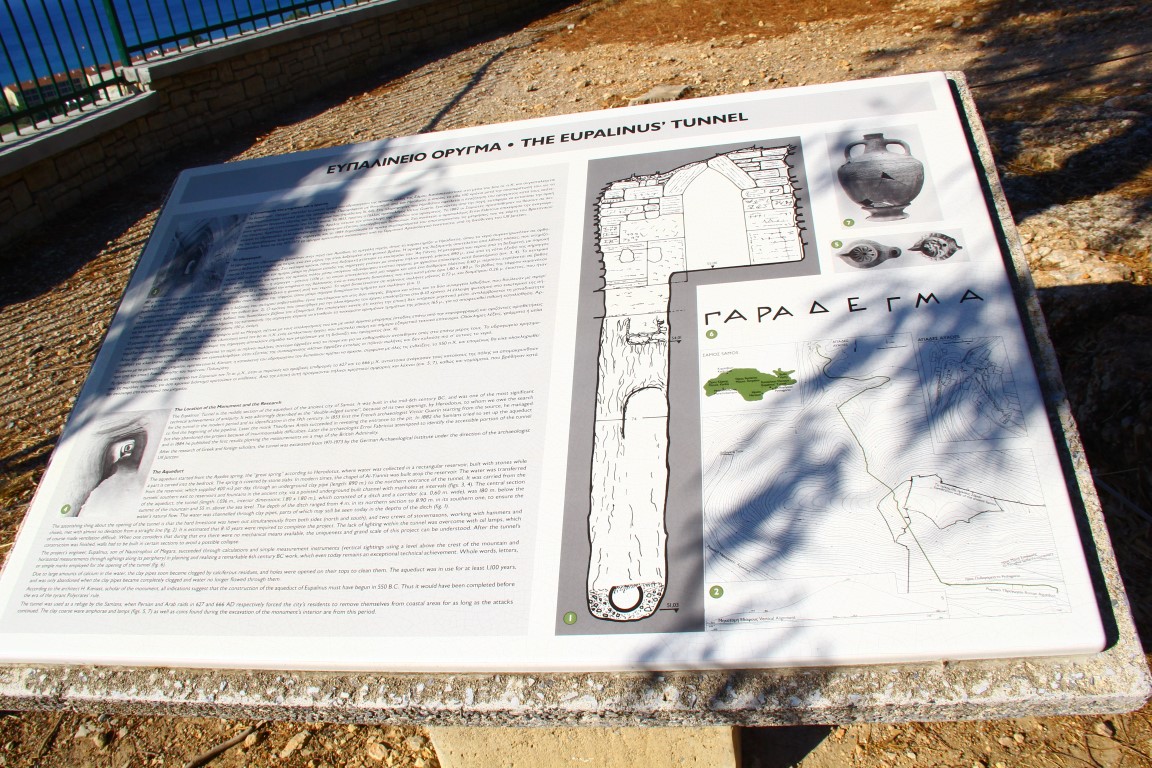

.jpg)


.jpg)
_cropped_(1).jpg)
.jpg)
_2_(300-180).jpg)
.jpg)
.jpg)
_cropped_(1).jpg)
_cropped_(1).jpg)
.jpg)
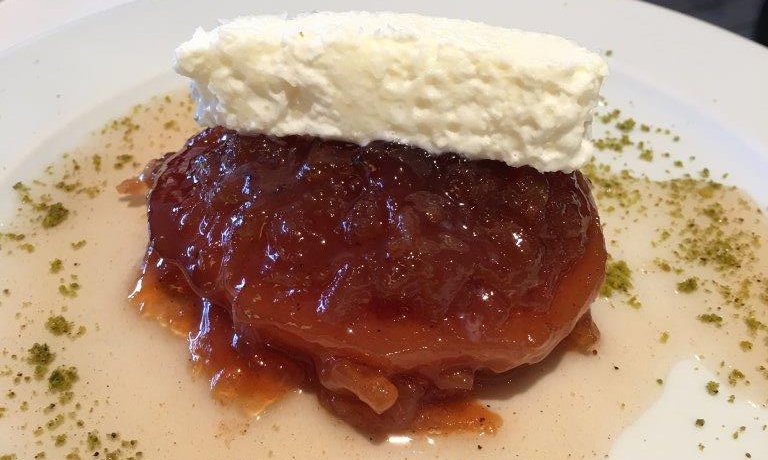
.jpg)
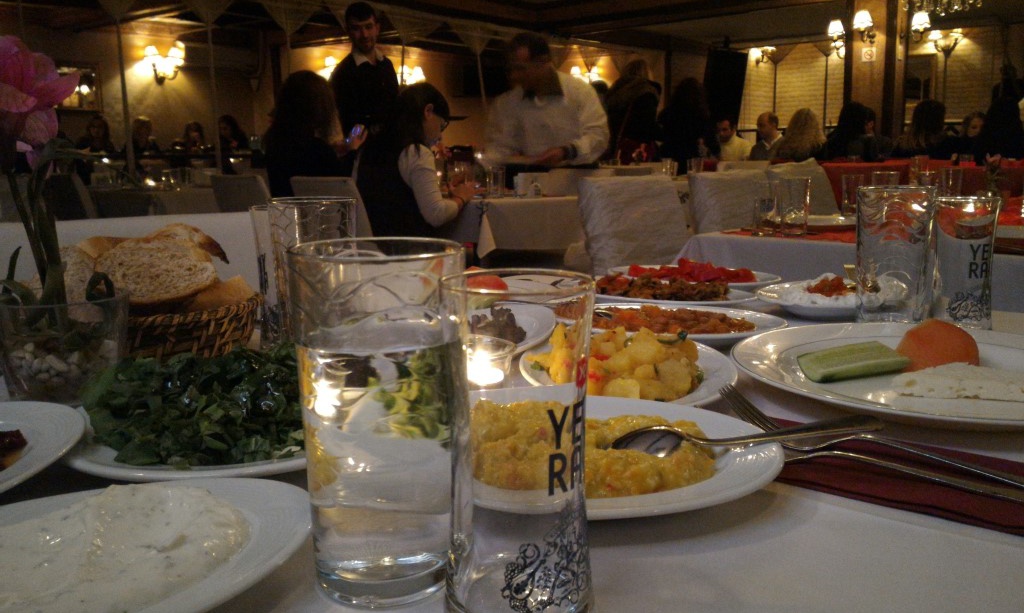
.jpg)
.jpg)
.jpg)
.jpg)
.jpg)

.jpg)
.jpg)
.jpg)
.jpg)
.jpg)
.jpg)
.jpg)
.jpg)
.jpg)
.jpg)
.jpg)
.jpg)
.jpg)
.jpg)
